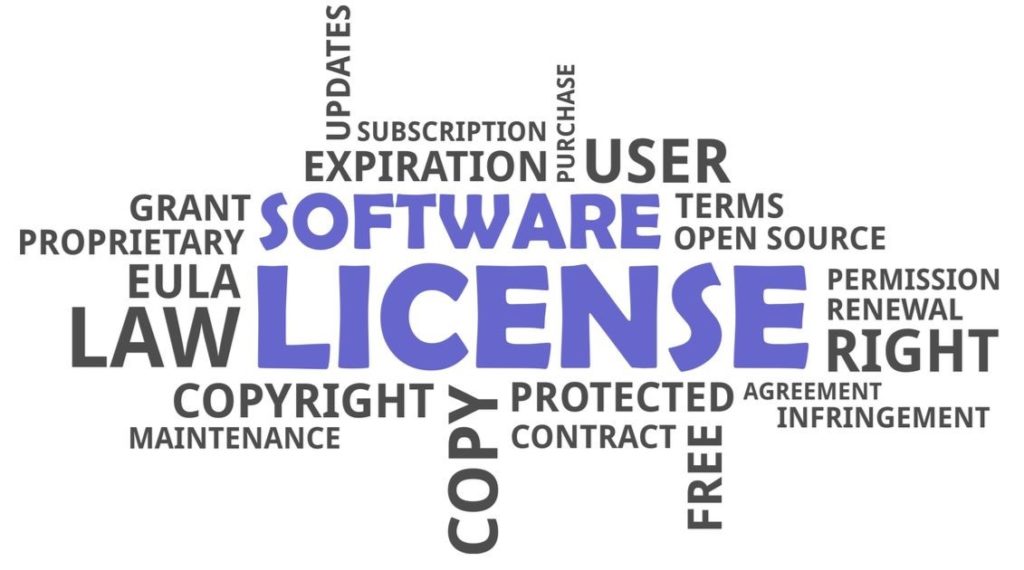
Whether you work in a field of technology or a geek in the world of technology in general, surely you have dealt with different types of computer programs and you may have wondered what is the difference between free software, open-source software, freeware and so on? You may feel a bit confused by all these definitions and terms and what are the common factors and differences between them.
Have you ever heard or worked with terms like “all rights reserved” or “copyright reserved” and other terms for various software licenses and would like to understand what they refer to?
The beginning of this series with this article that will explain in a simple way the different types of computer programs with an explanation of the various licenses for these programs.
While in the second article we will talk more about two of the most important types of computer programs, namely:
The free software movement, its genesis, and the pioneers of this movement.
The open-source software movement.
In the beginning, we all know that the computer consists of two main components or parts: the hardware component and the software component. This is what we are interested in talking about.
The first aspect: the different types of computer programs.
The second aspect: licenses for these programs, or more precisely, licenses for the source code or source code for these programs.
source code Software licenses
(The source code is simply the set of instructions written in one of the programming languages that ultimately make up the application)
These licenses are often found in the End-User License Agreement EULA.
Types of computer programs:
There are many classifications that fall under most of the programs that we deal with daily on computers, for example:
1- Free and open-source software (FOSS .)
Software under this big-name FOSS means software that comes with permission for anyone to use, copy, distribute and/or modify its source code. This means that the source code or source code must be available to everyone.
We will come later in the second article to give more details about the difference between the terms free software and Open-source software
2- Proprietary (Copyright) Software and Copylefted software:
copyright and copyleft software licenses
1: Proprietary (Copyright) Software
This definition includes nonfree software, or otherwise called “Closed Software,” meaning that the company that developed it does not give users permission to access the program’s source code and therefore the freedom to modify it except with its consent.
Examples: Windows OS or MS Office software package.
This software gives its authors the right to control the copying, distribution and modification of their work, these rights are protected by using what is known as Copyright, which is the method of legal protection of the product. Which is symbolized by © meaning that all rights of copying, modification and others are reserved.
2: Copylefted software
Like FOSS, programs that give permission for anyone to use, copy, distribute and/or modify the source code, but differ from FOSS in that they require that the same rights be maintained in the works and applications derived from it that were built from the original source code. Rather, it requires preserving the rights of the original developers of this software (mentioning the main source of the original program).
This is because the basic principle of copyleft software is that anyone can benefit freely from the previous work of others, but any modifications to that work should also benefit everyone without adding new restrictions to it.
3- Private software
Proprietary software is software developed for a single user (usually an organization or a company). This user maintains and uses this software, and does not release it to the public either as source code or as a final product.
4- Shareware
Shareware is software that comes with a license so you can try it before you buy it, but that permission requires anyone who wants to use the copy on an ongoing basis to pay a license fee later.
5- Trialware
They are like shareware programs that are available for everyone to use but for a specific period of time that allows the user a certain time to try out the program and buy it later.
6- Freeware
Freeware refers to a type of free and not “free” software that anyone can download from the Internet and use for free without any cost and even publish it, but without studying and modifying its code and code, and therefore it is not free.
An example is Adobe PDF.
Thus, we have covered most of the different concepts of different types of computer programs.